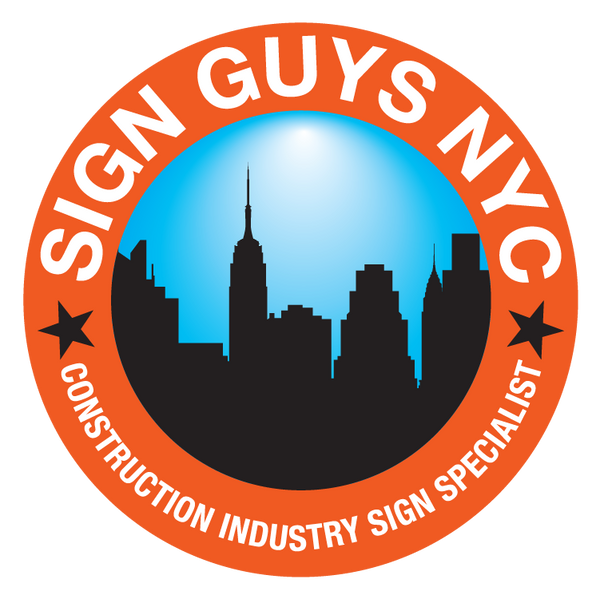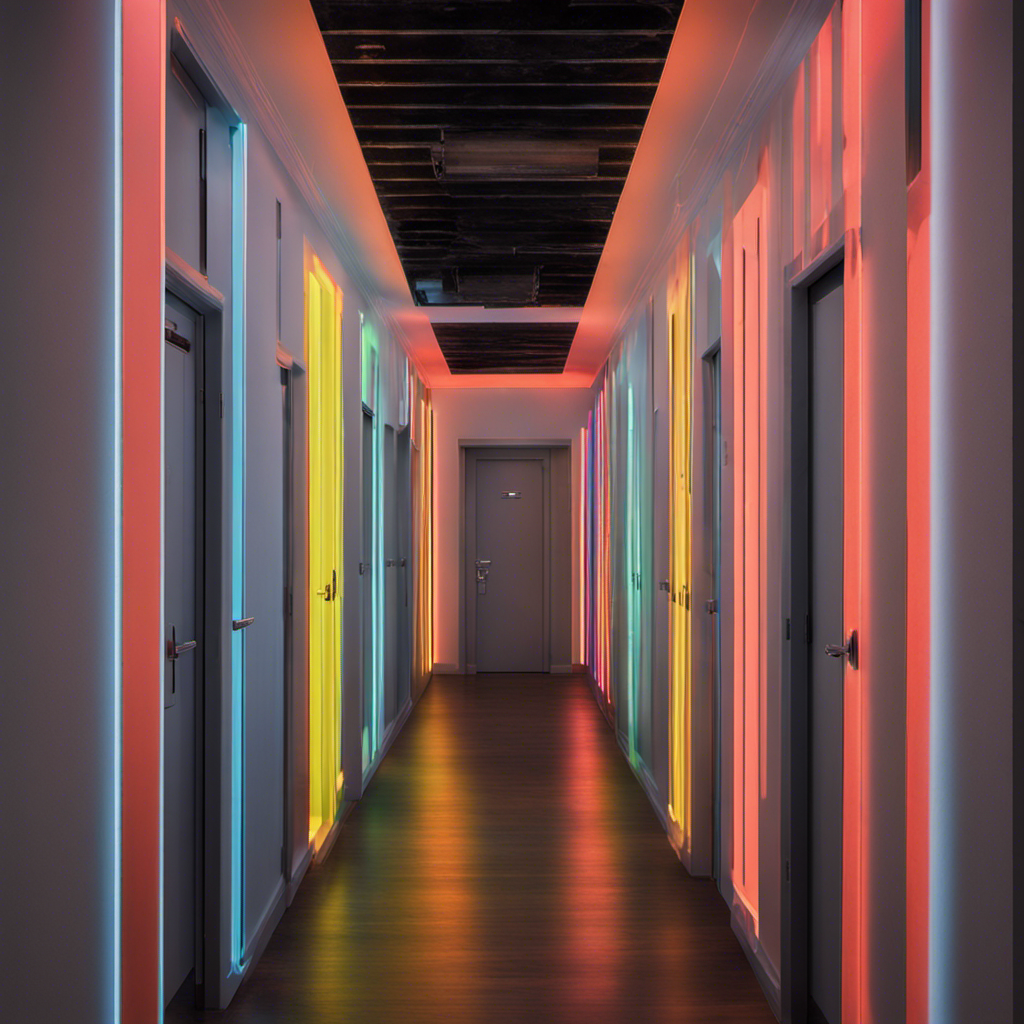Safety is of paramount concern in residential and affordable housing complexes. To meet the stringent requirements laid out in the New York City (NYC) building code RS-6, incorporating photoluminescent strips can be an effective solution. In this guide, we will delve into the benefits, installation process, and compliance aspects of using photoluminescent strips for apartments and stairs in residential and affordable housing units.
Understanding Photoluminescent Strips
Photoluminescent strips, also known as glow-in-the-dark or phosphorescent strips, are innovative safety devices that illuminate during power outages or low-light conditions. These strips absorb both natural and artificial light, ensuring a lasting glowing effect to guide residents towards exits and egress paths.
Benefits of Photoluminescent Strips
- Enhanced safety: Photoluminescent strips illuminate escape routes, reducing the risk of accidents or panic during emergencies.
- Energy-efficient: Unlike electrical emergency lighting systems, these strips do not require electricity, making them an eco-friendly choice.
- Cost-effective: The absence of ongoing electrical costs associated with traditional lighting systems reduces the financial burden on residents and facility managers.
Installation Process
- Identify critical areas: Examine the layout of the residential complex and determine the strategic placement of photoluminescent strips. Focus on stairwells, exits, corridors, and common areas, as specified by NYC building code RS-6.
- Prepare the surface: Ensure the surface where the strips will be installed is clean, dry, and free from debris or obstruction.
- Measure and cut: Measure the strip length required for each designated area and trim accordingly.
- Apply adhesive: Use an adhesive suitable for the specific surface to stick the photoluminescent strips securely. Follow the manufacturer's instructions for the adhesive application process.
- Test and inspect: After installation, conduct thorough testing to verify the efficacy of the photoluminescent strips. Ensure they meet the specified brightness standards outlined in NYC building code RS-6.
Compliance with NYC Building Code RS-6
To adhere to the NYC building code RS-6 regulations, consider the following requirements:
- Photoluminescent strips must be strategically placed and adequately spaced along exit paths.
- The strips should provide a minimum luminance level of 0.06 foot-lamberts within ten minutes of transition from a well-lit condition to complete darkness.
- It is crucial to regularly inspect and maintain the photoluminescent strips to ensure they are in working condition and meet the code requirements.
Conclusion
Photoluminescent strips offer a practical, energy-efficient, cost-effective solution to improve safety and compliance in residential and affordable housing complexes. Following the NYC building code RS-6 and proper installation procedures, these strips provide reliable illumination during emergencies and power outages. Ensure regular inspection and maintenance of these strips to guarantee their optimal functionality. By implementing this innovative safety lighting, property owners and residents can enjoy increased peace of mind and a safer living environment.

